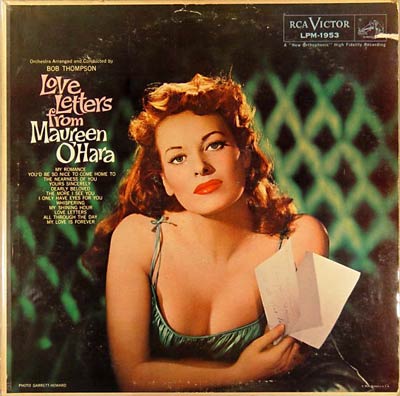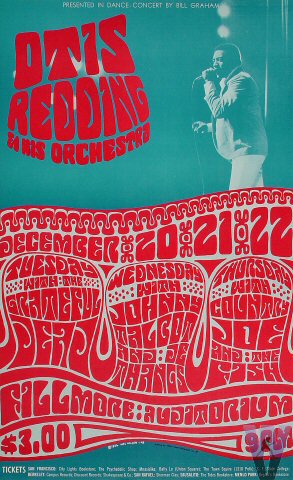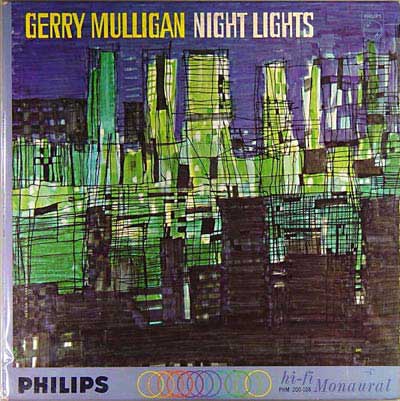Archive for December, 2004
maureen o’ hara ( 1958 )

Maureen O’Hara was born Maureen Fitzsimons near Dublin, Ireland, on August 17, 1920. Another actress who was interested in show business at an early age, Maureen began to perform on the stage as well as local radio. She worked hard at her craft in order to be the best possible. By the time she was 14 years old, Maureen was winning awards in drama contests. The hard work eventually paid off. In 1938, at the age of 18, Maureen got a bit part as a secretary in the film Kicking the moon around. Later that year she appeared as Eileen O’Shea in my Irish molly.
After appearing in Jamaica Inn in 1939, Maureen packed her bags and moved to Los Angeles and the film colony of Hollywood to try her luck there. Her first film in the US was the hunchback of the Notre Dame with Charles Laughton. Maureen’s next two films, a bill of divorcement and dance, girl, dance, both in 1940, met with lukewarm reviews with the critics and fans for the film, not Maureen. She was superb in the two films.
In 1941, she played Angharad in How green was my valley. In 1947, Maureen appeared in two big hits, SINBAD Sinbad the sailor and Miracle on 34th street. The latter is now considered a Christmas classic, due to her role and that of a newcomer, Natalie Wood. 1952 saw Maureen play Mary Kate Danaher in John Ford’s hit the quiet man This film garnered Ford an Oscar for Best Director, but it was the performance by Maureen, that many said, cinched it for him. Perhaps she should have won one as well.
Maureen took a hiatus from films after 1957’s the wings of eagles, returning in 1960 in our man in Havanna. In 1961, she played Maggie McKendrick in the ever popular parent trap. Two years later she starred in the tearjerker, Spencers mountain.
otis redding ( 1966 )

In December of 1966, Janis saw Otis Redding perform for the first time. She attended every performance that he gave that weekend at the Fillmore. An hour before the show, she’d be on the dance floor and would place herself in the middle, very close to the stage. While he sang, she watched, transfixed. She absorbed his motions, dwelled on his shouts, and in her imagination perhaps could hear her own voice in those corrugated rasps.
Bron: otisredding.com
night lights ( 1963 )

The most famous and probably greatest jazz baritonist of all time, Gerry Mulligan was a giant. A flexible soloist who was always ready to jam with anyone from Dixielanders to the most advanced boppers, Mulligan brought a somewhat revolutionary light sound to his potentially awkward and brutal horn and played with the speed and dexterity of an altoist.
Among Mulligan’s compositions were “Walkin’ Shoes,” “Line for Lyons,” “Bark for Barksdale,” “Nights at the Turntable,” “Utter Chaos,” “Soft Shoe,” “Bernie’s Tune,” “Blueport,” “Song for Strayhom,” “Song for an Ufinished Woman” and “I Never Was a Young Man” (which he often sang). He recorded extensively through the years for such labels as Prestige, Pacific Jazz, Capitol, Vogue, EmArcy, Columbia, Verve, Milestone, United Artists, Philips, Limelight, A&M, CTI, Chiaroscuro, Who’s Who, DRG, Concord and GRP.
Bron: gerrymulligan.info



